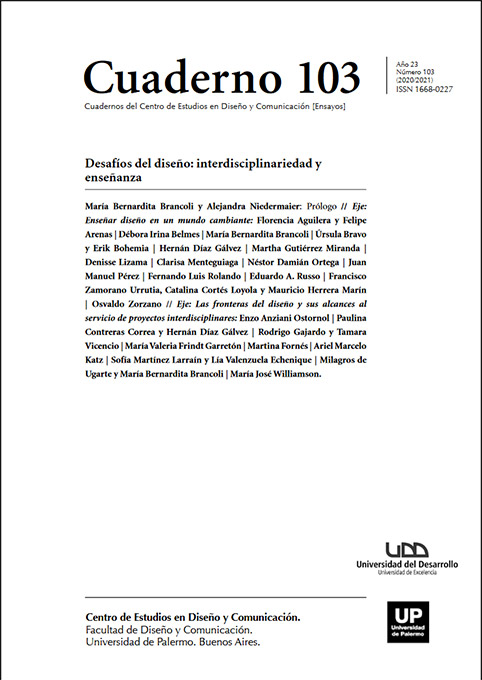La influencia del ciberespacio como dinamizador del entorno áulico
Abstract
This article will explore the cyberspace and how to enhance the human imagination, investigating the problem of the virtual and immersive environments and how these contribute to increasing a perceptual level of the student’s in the classroom. Will analyze the limitations of the teaching strategies into the conventional classroom and reflect on the treatment of the spatial notion, contributing to develop the vision of digital ecosystem, analyzing how open an interactive and interdisciplinary window from cyberspace to the aulic environment to expand it, considering the way we access the virtual knowledge, to open ourselves to a universe of creative and innovative possibilities.
References
Forte, M. & A. Siliotti. (1997). Virtual archaeology: Great discoveries brought to life through virtual reality. Londres: Thames and Hudson.
Gibson, W. (1984). Neuromancer. Ace Science Fiction edition / The Berkley Publishing Group, New York. ISBN: 0-441-56958-7
Jones, H. (1995). Virtual reality applications. Londres: Academic Press.
McCarthy M. & Descartes, A. (1998). Reality Architecture. Londres: Prentice-Hall.
Reggini, H. (1982). Alas para la mente. Buenos Aires: Editorial Galapago.
Rolando, F. (2005). La resignificación del espacio en la era de la virtualidad. Reflexión Académica en Diseño y Comunicación Nº VI. ISSN: 1668-1673. XIII Jornadas de Reflexión Académica en Diseño y Comunicación. Febrero 2005. Buenos Aires. Argentina: “Formación de Profesionales Reflexivos en Diseño y Comunicación”. Año VI, Vol. 6, Febrero 2005, Buenos Aires, Argentina.
Los autores/as que publiquen en esta revista ceden los derechos de autor y de publicación a "Cuadernos del Centro de Estudios de Diseño y Comunicación", Aceptando el registro de su trabajo bajo una licencia de atribución de Creative Commons, que permite a terceros utilizar lo publicado siempre que de el crédito pertinente a los autores y a esta revista.


